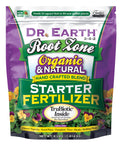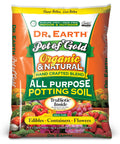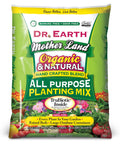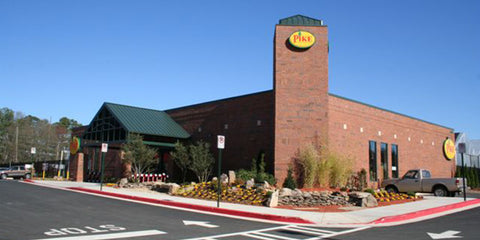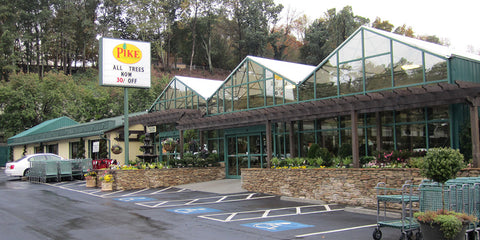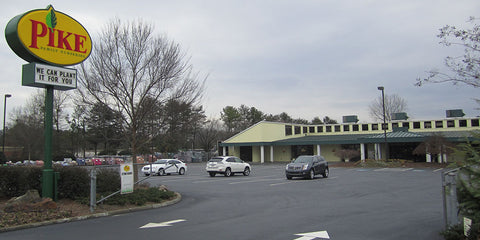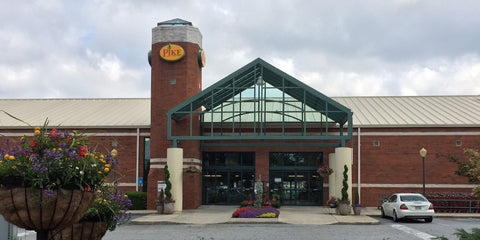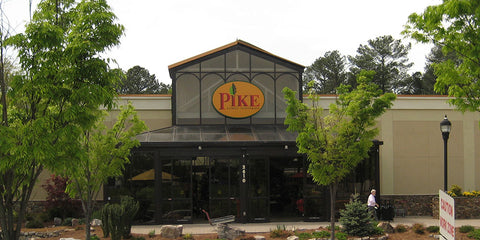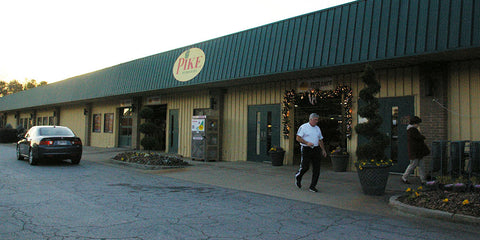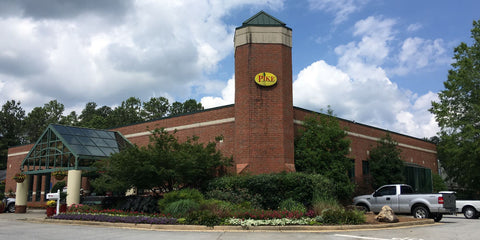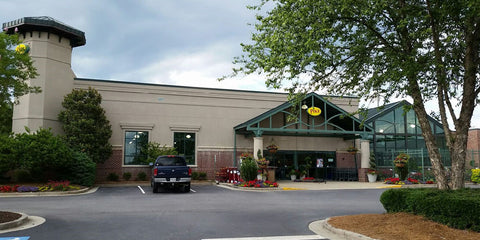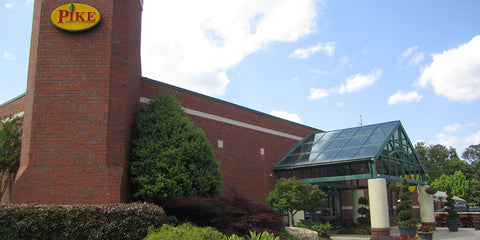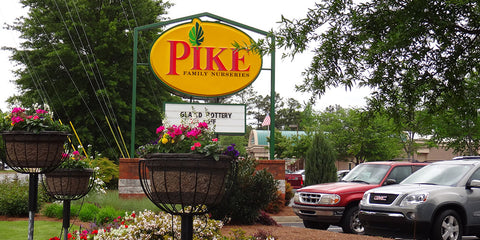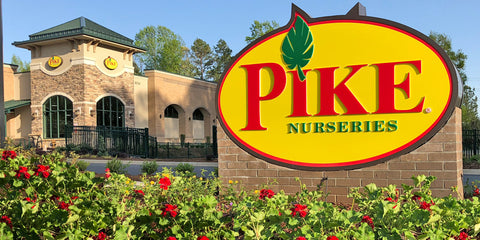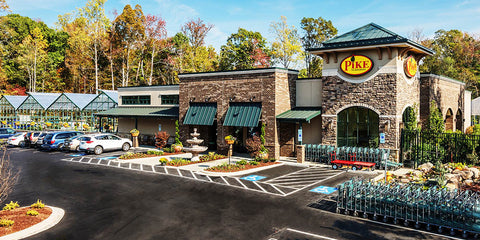Details
Emerald Colonnade® Holly is a dense multi-stemmed evergreen shrub with a distinctive and refined pyramidal form. Its relatively fine texture sets it apart from other landscape plants with less refined foliage.
This is a relatively low maintenance shrub, and is best pruned in late winter once the threat of extreme cold has passed. It has no significant negative characteristics.
Emerald Colonnade®: Holly is recommended for the following landscape applications:
- Accent
- Hedges/Screening
- General Garden Use
- Windbreaks and Shelterbelts
- Topiary
- Container Planting
Features
Emerald Colonnade® Holly has attractive dark green foliage which emerges chartreuse in spring. The small glossy oval leaves are highly ornamental and remain dark green throughout the winter. It features dainty clusters of creamy white flowers at the ends of the branches from mid to late spring. The fruit is not ornamentally significant.
Care
Planting & Growing
Emerald Colonnade® Holly will grow to be about 12 feet tall at maturity, with a spread of 8 feet. It tends to fill out right to the ground and therefore doesn't necessarily require facer plants in front, and is suitable for planting under power lines. It grows at a medium rate, and under ideal conditions can be expected to live for 40 years or more.
This shrub does best in full sun to partial shade. It requires an evenly moist well-drained soil for optimal growth, but will die in standing water. It is very fussy about its soil conditions and must have rich, acidic soils to ensure success, and is subject to chlorosis (yellowing) of the leaves in alkaline soils. It is somewhat tolerant of urban pollution. Consider applying a thick mulch around the root zone in winter to protect it in exposed locations or colder microclimates. This particular variety is an interspecific hybrid.
Emerald Colonnade® Holly makes a fine choice for the outdoor landscape, but it is also well-suited for use in outdoor pots and containers. Its large size and upright habit of growth lend it for use as a solitary accent, or in a composition surrounded by smaller plants around the base and those that spill over the edges. It is even sizeable enough that it can be grown alone in a suitable container. Note that when grown in a container, it may not perform exactly as indicated on the tag - this is to be expected. Also note that when growing plants in outdoor containers and baskets, they may require more frequent waterings than they would in the yard or garden.



